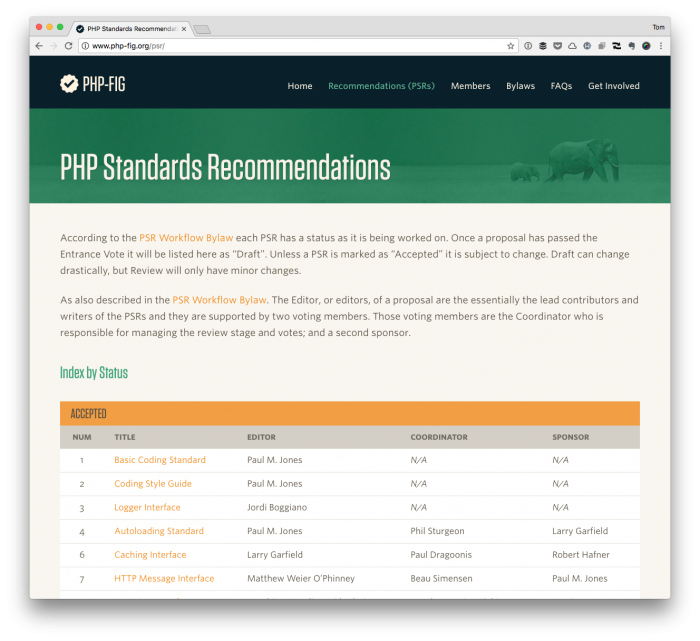Yesterday, I talked briefly about a rationale for using PSRs versus the WordPress Coding Standards and the when and why of both. But that doesn’t mean it’s not without its points of confusion especially if you’re just starting with them, right?
By that, I mean: Say you’ve been working with the WordPress Coding Standards for years (because I can relate) and now there’s this whole new set of rules and guidelines to follow. But it’s not like a simple matter of changing some white space and renaming files.
There are other points to follow, and each is outlined in a number, quite literally (PSR-1, PSR-2, and so on), of how something should work.
So when it comes to just the basic coding standards as outlined in PSR-1, what are some problematic areas that we may encounter as WordPress developers?




